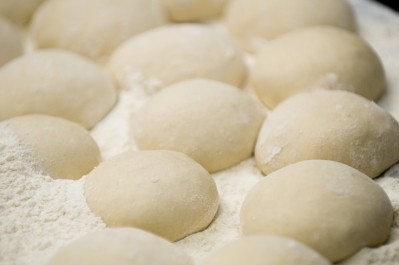Gluten-free rice bread: Best quality compromises GI levels

Published in the Journal of Food Chemistry researchers investigated the impact of water content and flour particle size on the physical quality and starch enzymatic digestion of gluten-free bread made with rice flour.
The study used rice flour fractioned in fine and coarse parts, mixed with different amounts of water (70%, 90% and 110% hydration levels).
Findings showed that the bread quality and in vitro starch digestibility was impacted by both the flour particle size and the level of dough hydration.
Coarser rice flour, in combination with high hydration levels (90-110%), ensured larger bread volumes and the crumb texture also improved with increased dough hydration – although the effect was more pronounced with fine flour particles.
Better quality or improved nutrition?
However, the researchers found that breads with higher hydration also had higher estimated glycaemic index (GI) levels, which they said were not ideal.
“Since celiac disease is associated with a high incidence of type I diabetes, patients should maintain good glycaemic control whilst adhering to a strict gluten-free diet.”
The study found that to keep the GI level of the rice bread low, different hydration levels and flour particle size were needed.
“…Regarding nutritional aspects, the best combination would be using the lowest dough hydration meaning a lower volume and a greater hardness for the bread.”
Lower hydration, lower GI levels
Breads made with 70% of water content showed the lowest estimated GI values than the other hydrations tested.
This could be explained by the amorphous starch regions that remain as part of the starch granular structure and the limited gelatinization of the starch granules, which are less prone to being attacked by alpha amylase, as occurred in wheat bread, the researchers said.
“Other plausible explanation is that these breads show lower glycaemic response due to their more compact physical structure, which is more preponderant than the other parameters influencing the GI,” they added.
“Overall this study indicated that the particle size and especially the dough hydration should be taken into account for modulating the enzymatic hydrolysis of gluten-free starchy foods,” the researchers from the Spanish University of Valladolid and the Institute of Agrochemistry and Food Technology said.
Source: Journal of Food Chemistry
Published 15 May 2014, Volume 151, Pages 526-531
“Effect of water content and flour particle size on gluten-free bread quality and digestibility”
Authors: E. De Le Hera, CM. Rosell and M. Gomez















